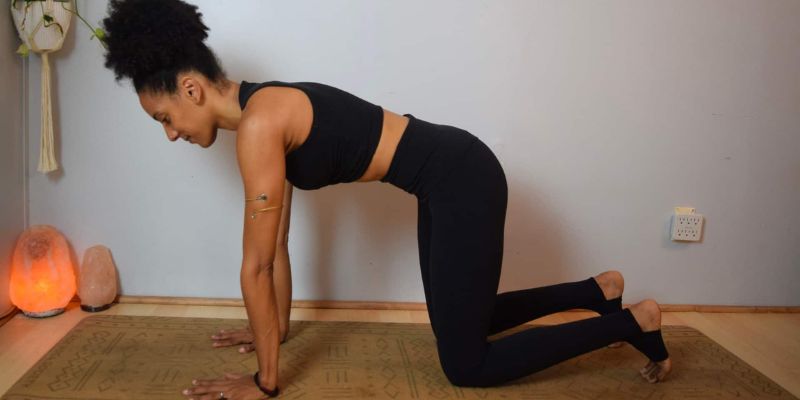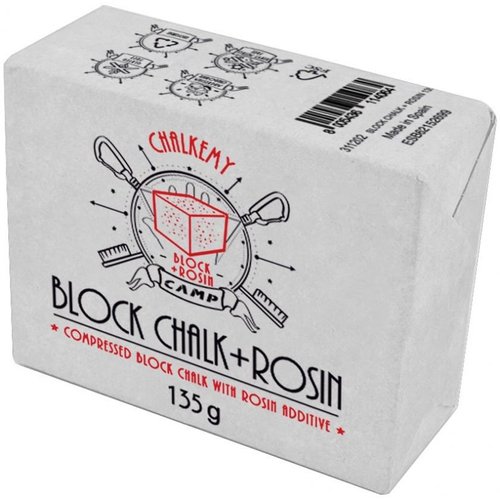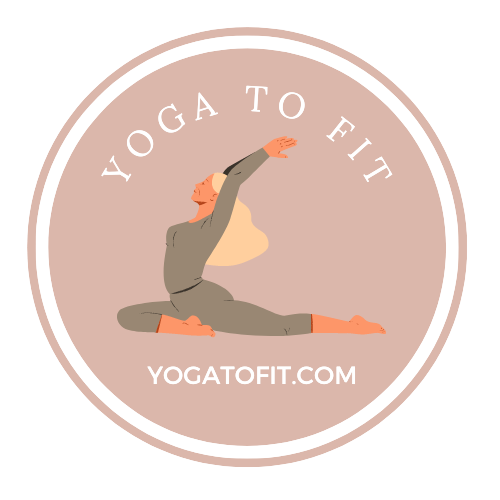Practicing Yoga with Sweaty Palms and Feet

Yoga is an excellent way to relieve stress, increase flexibility, and improve overall health. Yoga can be difficult for those with sweaty feet and palms, though. Here we will Practicing Yoga with Sweaty Palms and Feet.
Maintaining grip and balance, which are essential for many yoga postures, can be challenging when your palms and feet are sweaty. We found the best ways to do yoga with sweaty palms and feet.
But don’t let sweaty palms and feet discourage you from experiencing the benefits of yoga. With some tips and tricks, you can overcome this obstacle and enjoy your yoga practice to the fullest.
In this article, we’ll explore some effective ways to do yoga with sweaty palms and feet, so you can feel confident and comfortable on your mat.
Understanding Sweaty Palms and Feet
Sweating is a natural bodily function that helps regulate body temperature, but for some, it can be excessive, particularly in the palms and feet. This condition, known as hyperhidrosis, affects millions of people worldwide.
Hyperhidrosis can be triggered by various factors, including genetics, anxiety, or simply hot weather. When it comes to practicing yoga, sweaty palms and feet can be especially bothersome.
How Sweaty Palms and Feet affect Yoga Practice
:max_bytes(150000):strip_icc()/3566968-GettyImages-1346818323-571f2f5953dd4c9db533033b3b814779.jpg)
Yoga requires stability, balance, and a strong connection between mind and body. Sweaty palms and feet can disrupt these essential elements of practice in several ways:
Reduced Grip
Sweat can make your hands and feet slippery, leading to difficulty gripping the mat or maintaining poses.
Distraction
Constantly wiping sweat from your palms and feet can be distracting, taking your focus away from the mental and spiritual aspects of yoga.
Insecurity
Fear of slipping or falling can make you hesitant in performing certain poses, limiting your progress in yoga.
Hygiene Concerns
Sweat can accumulate on your yoga mat, creating an unhygienic environment. This can lead to unpleasant odors and the need for frequent cleaning.
How to Prepare for Yoga Practice with sweaty Palms and feet

Practicing yoga with sweaty palms and feet can be challenging, but with some adjustments and tips, you can still have a safe and enjoyable yoga practice. Here are some practical ways to do yoga with sweaty palms and feet during yoga:
Use a Yoga Mat for Sweaty Palms and Feet
The first and most important tip is to use a yoga mat. A yoga mat provides a non-slip surface that will help you maintain your grip during your yoga practice. When choosing a yoga mat, look for one that is designed for sweaty palms and feet.
These mats have a textured surface that provides extra grip and helps prevent slipping. If you’re practicing on a hardwood floor or tile floor, consider placing a towel under your mat for extra traction.
Top 2 Yoga Mats for Sweaty Palms and Feet
1. Jade Harmony – The best yoga mat for grip

You will see a lot of teachers use the Jade Harmony yoga mat and for a reason. This is one of the best grippy yoga mats out there and by far one of the best brands of yoga mats.
It is for you if you want a mat that doesn’t slip and a tested solution, it is also the best yoga mat for heavy sweaters.
2. Jade Voyager – The best travel yoga mat for sweaty hands

This is the best yoga mat for slippery hands if you love to travel or are always on the go. Roll it or fold it in your bag and you can practice anywhere!
Choose the Right Clothing

The clothing you wear can also affect your grip during yoga. Avoid clothing made of smooth or slippery materials, such as silk or polyester.
Instead, opt for clothes made of breathable fabrics like cotton or bamboo, which absorb moisture and prevent slipping. You may also want to wear grip socks or gloves specifically designed for yoga. These products provide extra traction and help prevent slipping.
Use Chalk or Rosin

Chalk and rosin are powders that can be applied to your hands and feet to increase traction. Chalk is commonly used in weightlifting, while rosin is used by musicians to prevent their hands from slipping on instruments.
Both can be effective in yoga as well. Simply sprinkle a small amount of chalk or rosin on your hands and feet before your practice to increase your grip.
Try Different Gripping Techniques
:max_bytes(150000):strip_icc()/yogapose-4a62b2a4d57e4f61a4885003b2e0c47b.jpg)
There are many different ways to grip your hands and feet during yoga. Try out various methods to determine the most effective approach for your needs. For example, you may want to try gripping with your fingertips instead of your palms.
Or, you may want to try using the sides of your feet instead of the soles. Finding the right gripping technique may take some time, but it’s worth the effort to prevent slipping during your yoga practice.
Take Breaks to Wipe Down

If you’re experiencing excessive sweating during your yoga practice, take a break to wipe down your palms and feet. Use a small towel or yoga strap to wipe away excess sweat. This will help prevent slipping and maintain your grip.
You may also want to bring a small yoga towel with you to your yoga class, just in case you need to wipe down during your practice.
Hydrate Properly

Proper hydration is crucial for preventing excessive sweating during yoga. Make sure to drink plenty of water throughout the day, especially before your yoga practice.
It’s crucial to maintain hydration because excessive sweating might result from dehydration. Avoid drinking caffeinated beverages before your practice, as caffeine can increase sweating.
Practice in a Cool Room

Yoga studios and gyms can get hot and humid, which can exacerbate sweaty palms and feet. If possible, try to practice in a cool, well-ventilated room.
This will help prevent excessive sweating and make it easier to maintain your grip. If you’re practicing at home, turn on a fan or air conditioning to keep the room cool.
Practice Mindful Breathing

Mindful breathing can help reduce stress and anxiety, which can contribute to excessive sweating. During your yoga practice, focus on your breath and try to slow it down.
Breathe deeply and slowly through your nostrils, then release your breath slowly through your mouth. This will help calm your mind and reduce sweating.
FAQ’S
Q: Why do my palms and feet sweat during yoga?
A: Sweating during yoga is a normal physiological response. It is the body’s way of regulating its temperature and eliminating toxins.
However, some people may experience excessive sweating due to various reasons, such as anxiety, stress, medical conditions, or medications.
Q: How can sweaty palms and feet affect my yoga practice?
A: Sweaty palms and feet can make it difficult to maintain balance and stability in yoga poses, especially those that require a firm grip on the mat or prop.
It can also be uncomfortable and distracting, which can impact your focus and relaxation during the practice.
Q: What can I do to prevent sweaty palms and feet during yoga?
A: There are several things you can do to prevent or manage sweaty palms and feet during yoga, such as using a yoga mat with a non-slip surface, wearing moisture-wicking clothing, practicing in a well-ventilated room, using a towel to dry your hands and feet, and practicing relaxation techniques to reduce stress and anxiety.
Q: Are there any yoga poses that can help reduce sweating?
A: While there are no specific yoga poses that can directly reduce sweating, certain breathing techniques and relaxation poses, such as savasana and child’s pose, can help calm the nervous system and reduce stress and anxiety, which may help reduce excessive sweating.
You May Also Like:
Conclusion
In conclusion, practicing yoga can be a great way to improve overall health and wellbeing, but it can be challenging for individuals to do yoga with sweaty palms and feet.
However, there are several strategies that can be employed to help manage this issue, including using props such as yoga mats and towels, practicing in a cool and well-ventilated space, and choosing poses that promote stability and grip.
It’s important to remember that sweating is a natural bodily function, and while it can be uncomfortable, it doesn’t have to prevent you from enjoying the benefits of yoga.
By incorporating these tips and techniques, individuals with sweaty palms and feet can continue to practice yoga with confidence and ease.
Namaste!



